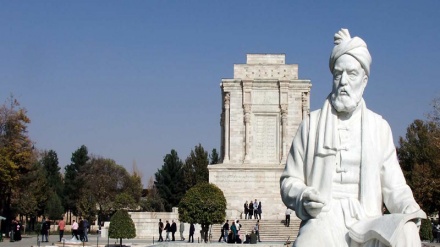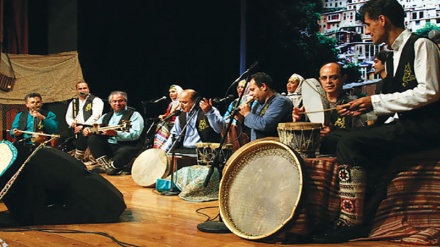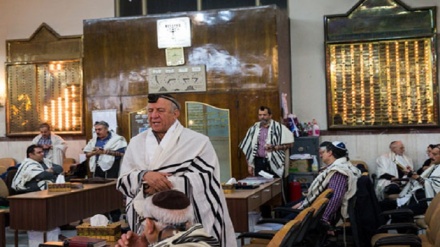Iran: Land of various ethnicities (3)
As a reminder, we discussed the time and place of convergence and formation of Iranian ethnicities. Today we are going to point to some of the factors affecting the settlement of ethnic groups in the Iranian Plateau.
The ethnicities that had arrived in Iran, due to special conditions, chose certain regions for residence. Geographical and climatic conditions were among the factors for such selections. Every ethnicity would look for fertile land which enjoyed favorable climate and ample water. Geographically speaking, the regions of the north, west, northwest and southwest enjoyed such features more than other regions. This is evident in the current scattering of population, too. For sure, weather conditions and existence of pastures for animal husbandry were pivotal in choosing these regions. This caused different ethnic groups to pay less attention to settlement in the east, northeast, southeast and central parts of the country.
Another important factor for settlement of Iranian ethnicities was the effective relation of governments and rulers with these peoples. Political skirmishes, wars, hostilities and security were other factors which had their share in this regard.
Some of the Iranian ethnicities, due to the pressure of the government, were forced to leave their main place of residence and migrate to other places. Therefore, this compulsory emigration would affect the customs and traditions of the ethnicities on the one hand and would have their specific impact on the new region of migration on the other hand. Thus, a new culture would emerge. Sometimes various ethnicities would choose arduous mountainous regions for settlement to avoid being absorbed by the culture of rivals and enemies.
In general, the west of the Zagros Mountains was one of the most important realms of migrating life in Iran. The major realm of nomadic settlement in the west of Iran includes a vast region extending from the Turkish and Iraqi borders covering parts of Kurdistan, Lorestan, Ilam, Kermanshah and Khuzestan Provinces. Oraman, Marivan, Kamyaran and the area in the neighborhood of Sanandaj are the regions of the western nomads. In the northwest, however, the mountains of Arasbaran and Sabalan up to the south of Moghan Plain and around Qara Chay River, in addition to the highlands of Ahar and Meshkin Shahr, are the realm of Arasbaran nomads. Moreover, the banks of Aras River to the Russian border and the rivers Siyah Cheshmeh and Qotur on the Turkish border build up the realm of the Shahsavan nomads. Coming to the south and southwest, the nomads of Fars province are more important than others in terms of the area of settlement and migrate. The area covered by the Qashqai nomads extends from the cold regions of fars province including Abadeh and Eqlid till warm parts of Firuzabad and Kazerun. The Mamasani nomads live in a vast region extended from Kohgiluye in the north up to Kazerun in the south. The realm of the Bakhtiyari nomads is the smallest among Iran’s nomads although it includes regions of Isfahan, Fars, Khuzestan and Lorestan. Arab nomads mostly live along the coastlines of the Persian Gulf especially Khuzestan province.
The area extending from the southeast of the Caspian Sea up to the east of Gorgan Plain and the north of Khorasan belongs to the Turkmen nomads. The southeast of Iran is the place of settlement of the Baluch nomads which covers vast regions of Baluchestan Province and some parts of Kerman and South Khorasan provinces.
As for the sedentary peoples, who mostly live in villages or cities, it can be said that this way of life is directly related with the geographical conditions of the region. The existence of water and the way of using and expanding it is a very important cause of sedentarism. The dispersion of water resources in Iran shows that the peoples of the regions such as Gilan, Mazandaran, Kermanshahan and to some extent Khuzestan use river water; while the peoples of other regions like Fars, Khorasan, Kerman, Isfahan and central Iran rely on the main sources of water to live.
RM/ME


